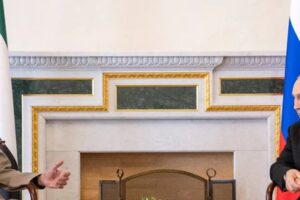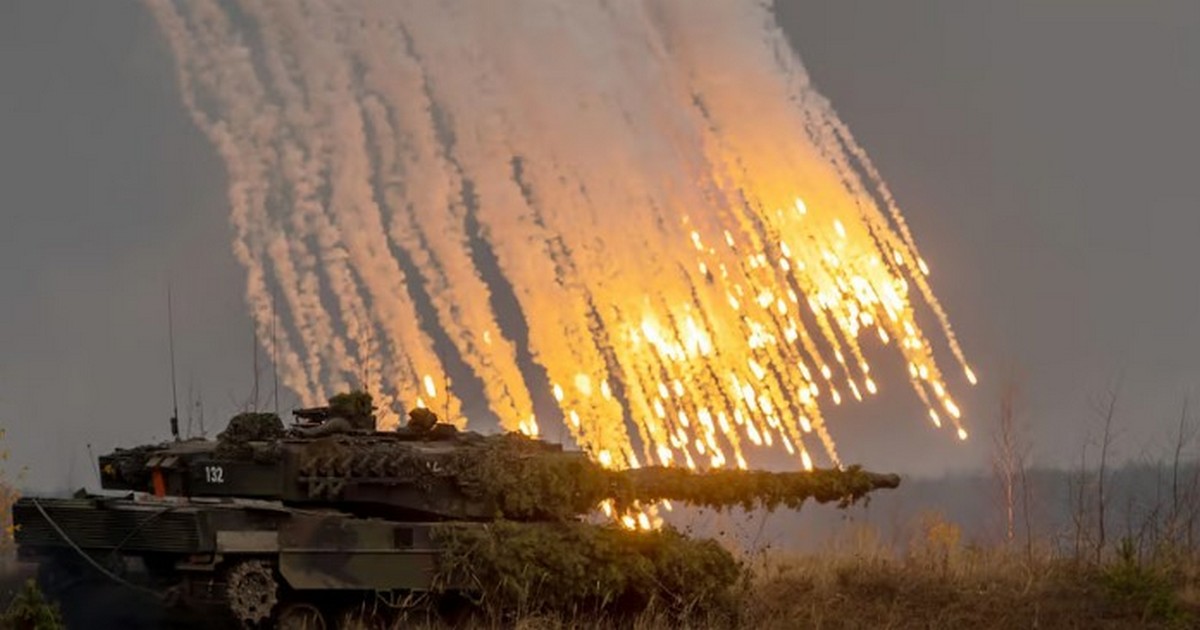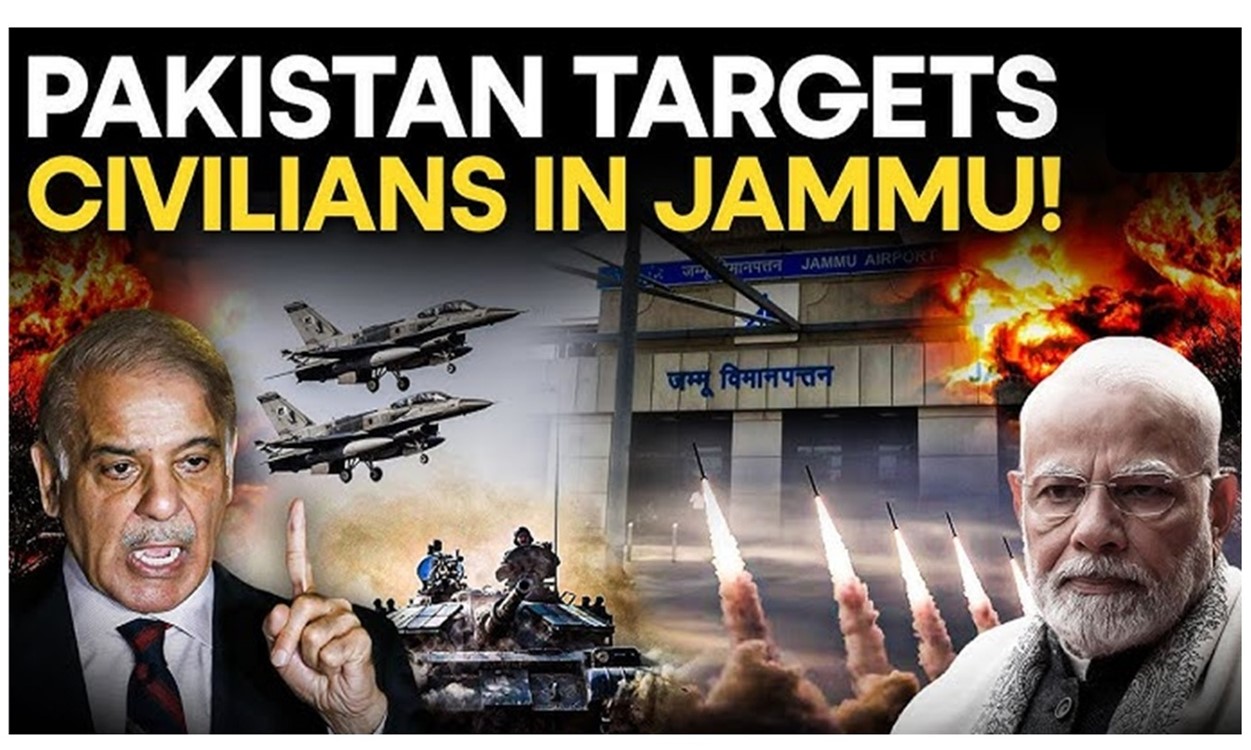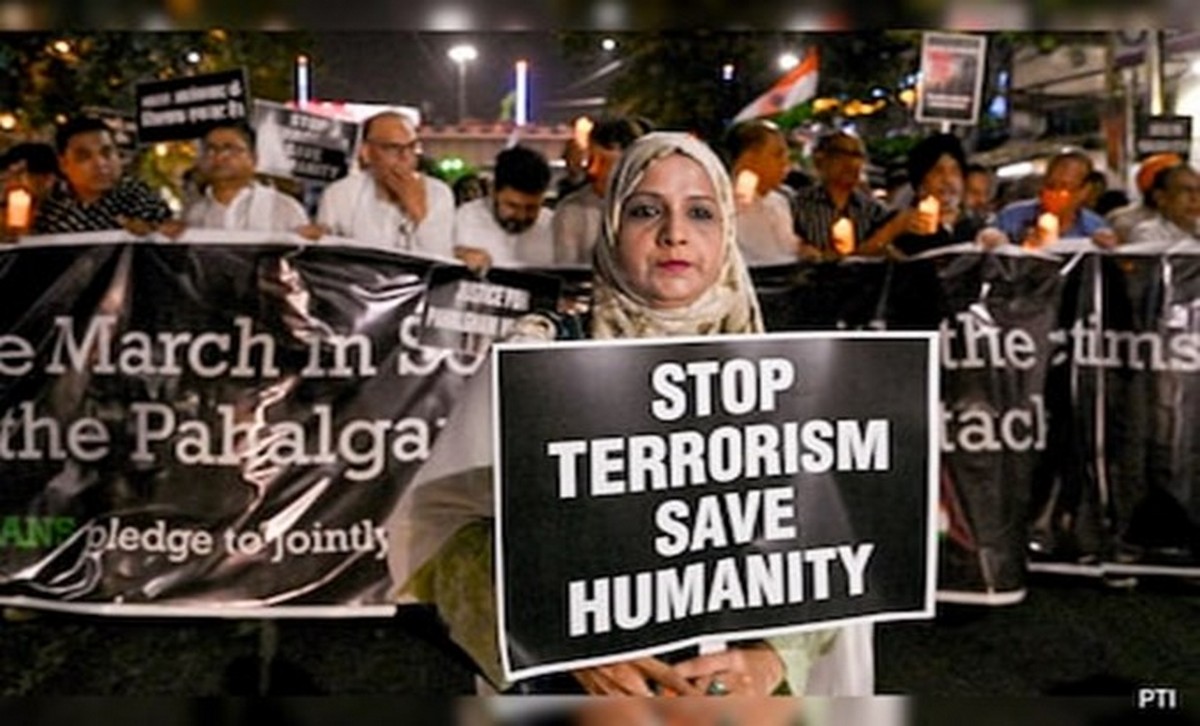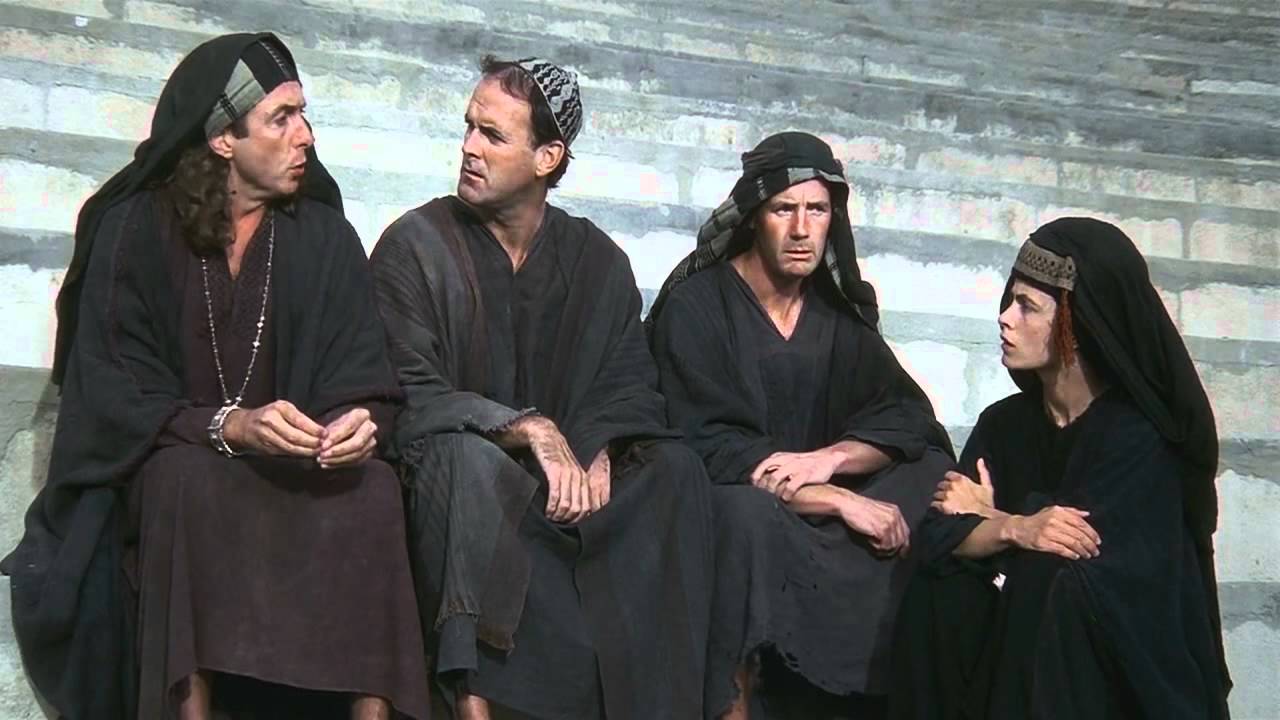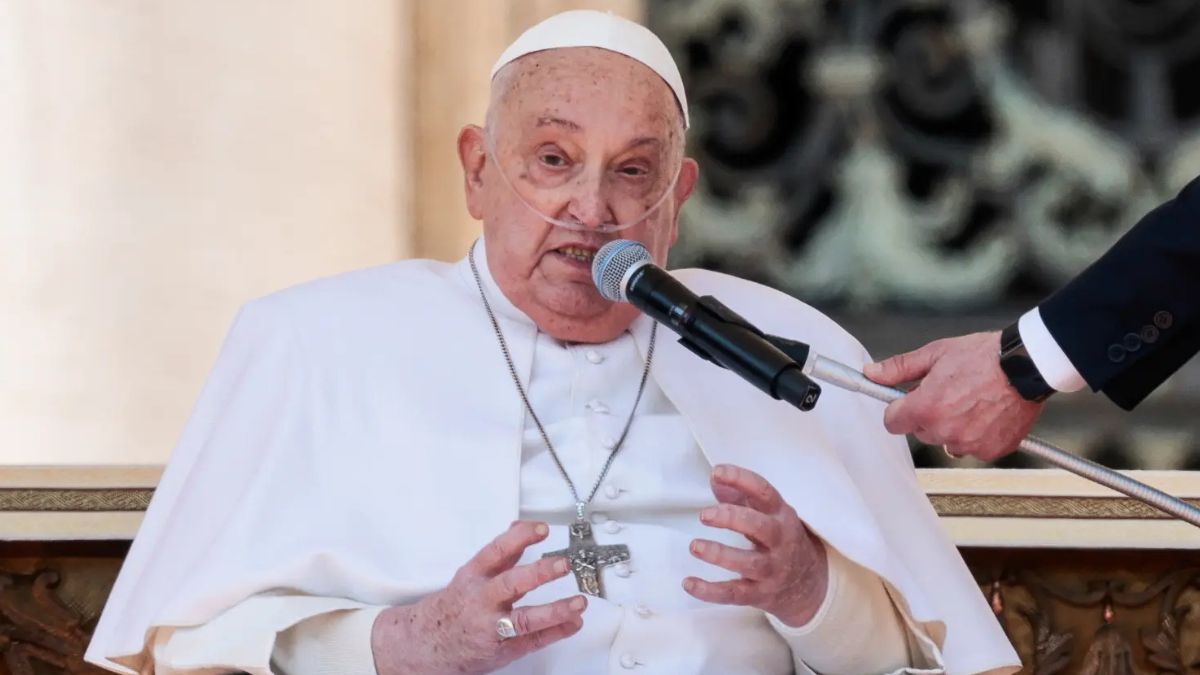Well, finally the much promised “Spring Offensive” is underway, albeit in the Summer and the Media are strangely subdued about what’s happening in Ukraine. There’s a reason for that and it’s one that I want to explore here.
Now every student of war understands that it does not flow smoothly. There are wins and there are losses. For the last year and a half, the overwhelming losses have been found on the Ukrainian side with not just the loss of hundreds of thousands of their most experienced soldiers dead and many others injured. Russia has also suffered losses, but these would appear to be significantly less than Ukraine and this is down to the Russians overwhelmingly superior technology and equipment combined with the style of warfare being deployed. Russia controls the skies, and this provided a massive and enduring strategic advantage. In addition to this, Russian use of killer drones has caused all sorts of problem to the Ukrainian forces. It turns out a drone valued at $20,000 can take out a tank valued at ¢11m.
Most recently we were told that the supply of Leopard 2 tanks from the West to Ukraine would be a real game changer. Up to 100 of these tanks were to be supplied from 12 countries with Germany leading the charge. So, what precisely is the Leopard Tank?

The Leopard 2 is a German-manufactured main battle tank with a range of about 500km. It first came into service in 1979 and has a top speed of 68km/h. Equipped with a 120mm smooth bore gun as its main armament, it is also armed with two coaxial light machine guns.
As well as being used by the German military, Leopard 2 has been in wide service in Europe with more than a dozen countries using the tank, as well as a number of other countries including Canada. The tanks have been deployed in Kosovo, Bosnia, Afghanistan and Syria (by Turkey) where several were lost to anti-tank missiles. And all against militarily inferior enemies.
Now, for the first time. we get to see how Leopard Tanks hold up to the military prowess of Russia. First signs are that these are vulnerable to Russian fire, and we have seen video evidence of several Leopards going up in flames. The loss of these Leopards is symbolic as it shows that simply by providing Ukraine with more military resource is no guarantee of victory in the field. The same applies to the renowned US Bradley tank, 50 or so of which were provided to Ukraine. In recent days, we have seen these being wiped out on the field of action as the “Counter Offensive’ gathers pace. The conclusion of this is that regardless of the military hardware being provided to Zelensky, the Russians still have the upper hand. The West may wish to suggest that Putin is out of bullets and out of weapons but the battlefield tells a different story,
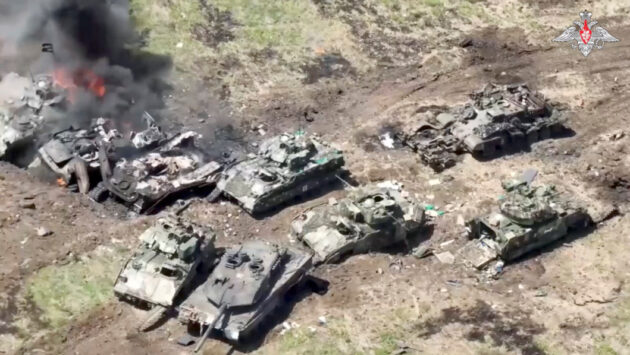
There is a dawning realisation in the West that reality on the battlefield is going to turn out to be very different from that being spun by the NATO PR machine. If we take the feverishly pro NATO Daily Telegraph even it suggests that in order to achieve success, Ukrainian troops must break through the defence line, the depth of which is up to thirty kilometers, which consists of minefields, anti-tank ditches, equipped with long-term firing points, infantry positions, “dragon’s teeth”, powerful artillery batteries and other delights. The length of this line is more than 900 kilometers. The publication makes a fair conclusion that the mission is impossible. At the moment, any wins for Ukraine are of the most minor and at a horrific cost to the Ukrainian military. How much longer can this failed proxy war continue as NATO fights Russia to the last dead Ukrainian? By the day, we draw nearer to the day, sadly.
















